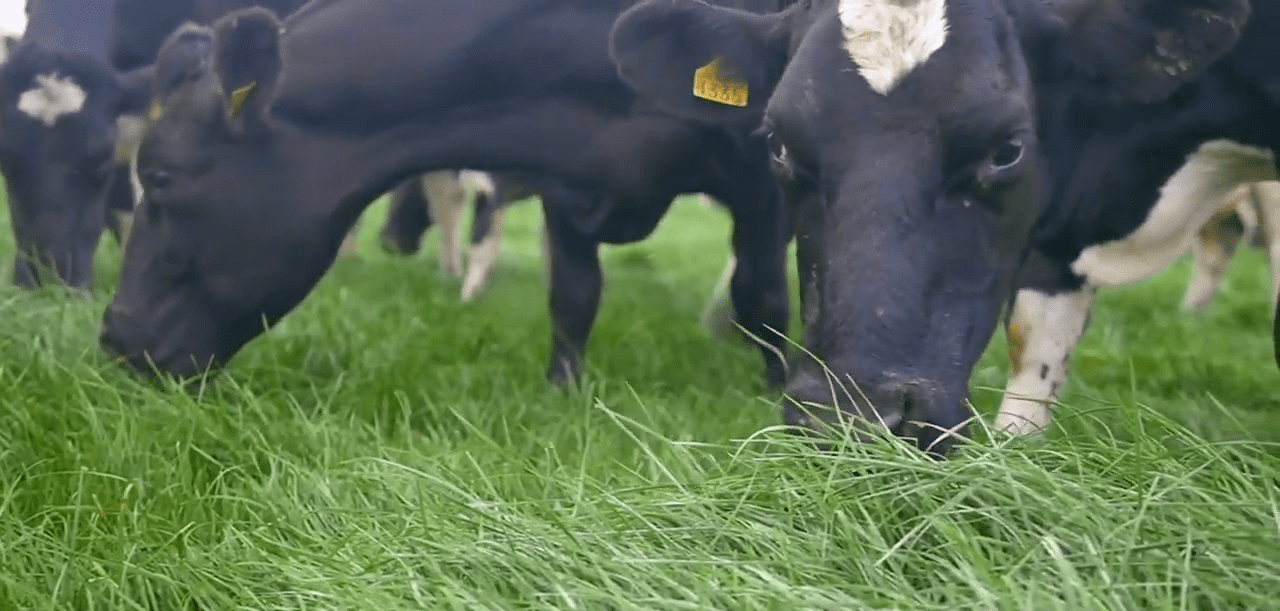Many farmers opted to reseed paddocks in August, which means many of these paddocks will be ready for a grazing very shortly.
In the last couple of weeks, with soil temperatures staying between 11-12℃ accompanied with a lot of moisture in the soil, autumn reseeds have taken off.
Getting the likes of your autumn reseeds into the rotation is crucial in order to slow up the rotation, keep grass in front of the cows and build covers for next spring.
However, in order for your reseeded paddock to perform effectively in spring, the reseed needs to be managed differently, ensuring that light is reaching the base of the plant over the winter to successfully establish the pasture and to ensure that the clover persists.
Grazing the reseed
Before the paddock is grazed, the reseed should be sprayed with a post-emergence herbicide about 45-55-days after sowing, when the paddock has a cover of around 400-500kg DM/ha.
This is the time where docks reach the size of a €2 coin in the new pasture, the ideal point at which to use a post-emergence spray. Leaving it any later makes it harder to kill some stronger weeds.
If these reseeds were reseeded at the start of August, considering the strong growth in that period, the post-emergence spray is probably already applied – late August reseeds should be done in the coming days.
The first grazing of your reseed can generally commence at a pre-grazing yield of 700–900kg dry matter (DM)/ha, which is usually around 60 days after sowing.
Farmers need to aim for an absolute minimum of one grazing before the winter housing period and ensure the grazing commences when conditions allow, as it will ensure a denser and more established sward by next spring.
The reseed should be grazed as soon as the new grass roots are strong enough to withstand it– this is tested through the ‘pull test’.
These paddocks should not be allowed to exceed covers of 1,000-1,200kg DM/ha for the first few grazings, and if they are grazed shortly, they should also be grazed late in the final rotation.
Most farmers will be aiming to hold a 35-40-day rotation for the rest of the year but, for autumn reseeded paddocks, a short rotation of 21-25 days all the way into the winter will aid is successfully establishing the grass clover sward.
Applying 1,500-2,000 gal/ac of dairy washings after each grazing of the reseed this autumn as it can provide the necessary moisture and nutrients to support seed germination and aid in establishing a good root structure.
Ensure you are spreading when conditions allow to ensure all the nutrients are utilised by the soil and not washed away.

